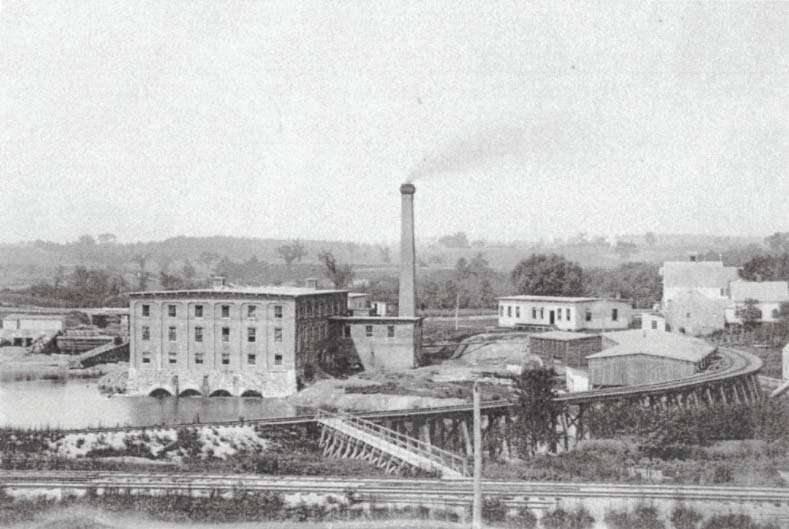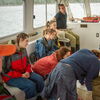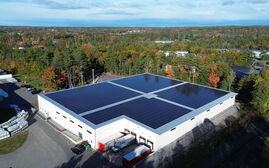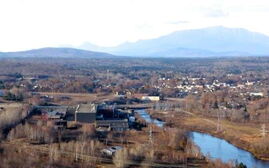
EPA proposes cleanup plan for Keddy Mill Superfund site in Windham
 COURTESY / ERM
PCB concentrations are depicted on the first floor of the mill.
COURTESY / ERM
PCB concentrations are depicted on the first floor of the mill.
Nearly a decade after federal regulators launched an environmental review of the former Keddy Mill in Windham, a proposal to clean up the Superfund pollution site is now ready for public review.
EPA’s proposed remedy for the Keddy Mill Superfund Site is estimated to cost approximately $17 million and estimated to take approximately two to four years to design and implement.
The site includes a dilapidated, two-story concrete industrial structure that has elevated levels of polychlorinated biphenyls, asbestos and other contaminants known to pose a risk to human health and the environment.
“This is an important step bringing the Windham community closer to an effective cleanup of the site,” said EPA New England Regional Administrator David Cash.

Following a pre-design investigation last year, the U.S. Environmental Protection Agency this week issued its proposal, which includes demotion of the mill complex and associated structures, followed by excavation and off-site disposal of approximately 22,000 cubic yards of contaminated soil and approximately 320 cubic yards of contaminated sediments from the Presumpscot River, treatment of soil excavations with amendments in support of groundwater cleanup and on-site treatment of groundwater.
The proposal includes site restoration of the riverbed, riverbank, wetland and floodplain habitat; land use restrictions to prevent exposure to site-related contaminants in groundwater and fish tissue, and inspections, limited operation and maintenance, monitoring and five-year reviews.
ITT LLC is the "potentially responsible party" for the site and has agreed to building demolition and removal of contaminated materials.
The seven-acre property, at 7 Depot St. in the Little Falls portion of Windham, was listed on the National Priorities List of Superfund sites in 2014.
Superfund is a federal program that investigates and cleans up complex, uncontrolled or abandoned hazardous waste sites.
A long industrial history
The site has a long history, with operations beginning in the late 1700s and ending in 1997.
The building that will be demolished and removed was used as a grist and carding mill, pulp mill, box-board manufacturing facility and as a steel mill. Throughout the industrial history, several buildings have been demolished and others added to the mill complex.
The Keddy Mill site is in a mixed commercial/residential area, bounded by Depot Street to the north, a former Maine Central Railroad right-of-way to the east, undeveloped property and the Presumpscot River to the south, and Route 202 and a hydroelectric facility to the west.
The site is largely covered by the industrial mill building, reportedly constructed in the early 1900s. The site formerly contained several other industrial buildings that have since been demolished.
Use of the property for various industrial activities began as early as 1875. Its primary industrial use for metal fabrication began in approximately 1945. The Keddy Mill Co. began its metal manufacturing operation in the 1960s and continued into the 1970s. Through the process of transforming scrap metal into products, electrical capacitors and transformers containing PCBs were utilized.
Initial environmental investigations largely began in the early 1980s. Data collected during these investigations, as well a fuel oil spill, resulted in two cleanups. In 1997, an action to remove nearly 11 tons of petroleum-impacted soil from the north-central portion of the property was conducted in accordance with Maine Department of Environmental Protection requirements. In 2010, a second cleanup removed accessible PCB-contaminated fuel oils in piping and PCB-contaminated sludge, dirt, debris, and oil materials within the buildings.
The cleanup proposal details measures EPA will take to clean up the soil, sediment (including fish tissue), and groundwater.
For the detailed proposal, click here.













0 Comments